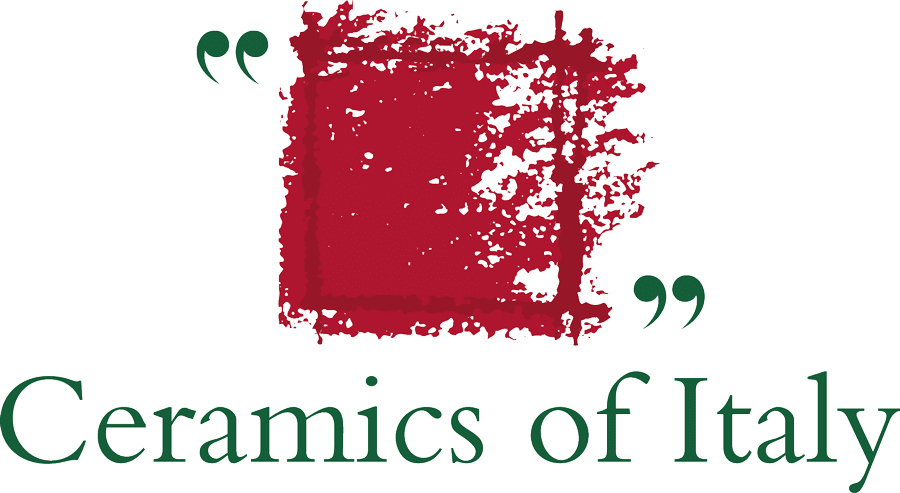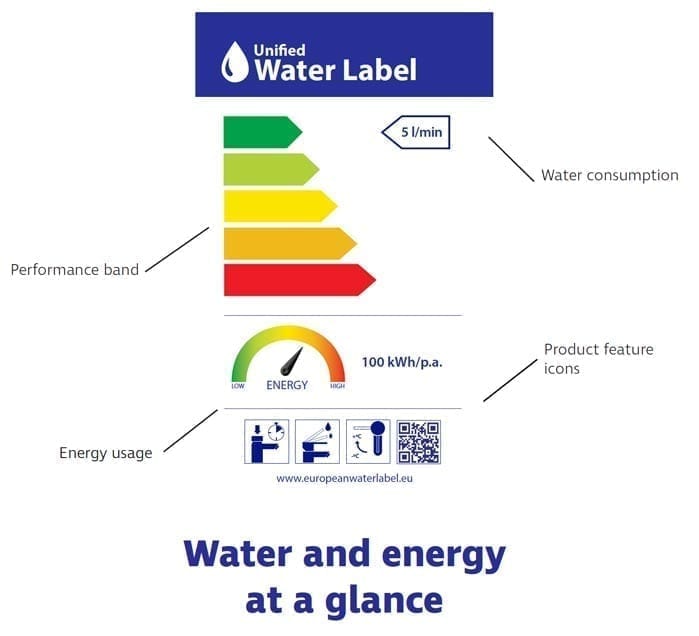Is it possible to increase the pace of development while drastically reducing the use of a vital commodity whose consumption has grown worldwide by 600% over the past century? In the case of water, the answer is a resounding “yes”. About 1.9 billion people live in areas at high risk of water scarcity, a figure that may increase to 3 billion by 2050. One of the Sustainable Development Goals set by the UN for 2030 is to “Ensure universal access to clean water and sanitation”, and specifically “Increased efficiency of use in all sectors”. However, the global figures are far from encouraging. According to experts, the minimum per capita consumption required to meet essential daily needs is 40 litres. This compares with an average daily consumption of 425 litres in the USA but just 10 litres in Madagascar. As for Italy, the statistics published by the Italian National Institute of Statistics ISTAT for the “World Water Day” reveal an average daily consumption of 220 litres of drinkable water per inhabitant but a total consumption of around 428 litres due to distribution system losses of 47.9%. Out of the 28 European Union countries, Italy is the one with the highest annual consumption of drinking water despite the fact that 2.7 million people experience supply irregularities. Added to this is the wastage caused by poor management and limited water use awareness on the part of Italian consumers. Experts believe that there is potential to reduce water consumption drastically (as much as half) through the adoption of technologically innovative user devices and more virtuous practices on the part of citizens.
The European Federation of Ceramic Sanitaryware Producers (FECS) and its Italian member Confindustria Ceramica have been working towards these goals for years. These efforts recently led to the launch of the Unified Water Label, which was unveiled in Brussels on 13 March this year. The label will accompany European-made ceramic products and will provide consumers with information about water consumption efficiency and help them make an informed choice. Provided they are correctly installed and used, products bearing the label will use far less water and save on energy, resulting in significantly lower household bills.
The label is divided into three sections that provide clear and readily understandable information on: water consumption divided into 5 different performance classes, each defined by a different colour; the quantity of energy consumed during use; and a series of icons describing the specific product characteristics.
FECS and Confindustria Ceramica have worked with the bathroom industry to unify the four certification and labelling systems that were previously most widely adopted in Europe. Following an extensive harmonisation process that took account of national variations in accordance with a best-of-all approach, the Unified Water Label has been adopted in no fewer than 34 countries across the continent. More than 12,500 products from 148 brands are already using the label, bringing clear benefits for both end users and the environment.
For more information about the Unified Water Label, visit: www.europeanwaterlabel.eu
May 2019



 Dealers
Dealers
 Public
Public


